As reinventions go, Lotus’ switch to an upmarket, wedge-styled sports estate was about as dramatic as it gets. Out went the tried and trusted simplicity of the Elan, Europa and Seven, in came the Oliver Winterbottom-designed pointed nose and sharp edges of the new Elite.
There was clear thinking behind this clean sweep approach, though, as Lotus founder Colin Chapman knew there was more money in premium sports cars than low-cost ones. He was also keen to move the company on from its past as a maker of kits as well as complete cars, plus tax regulations made self-assembly cars far less financially attractive for the firm.

The 1974 Elite revived a famous name, but it was a radically different kind of sports car. The four-seat estate certainly challenged convention, even if the Reliant Scimitar and Volvo P1800ES had already proven there was a ready market for this kind of car.
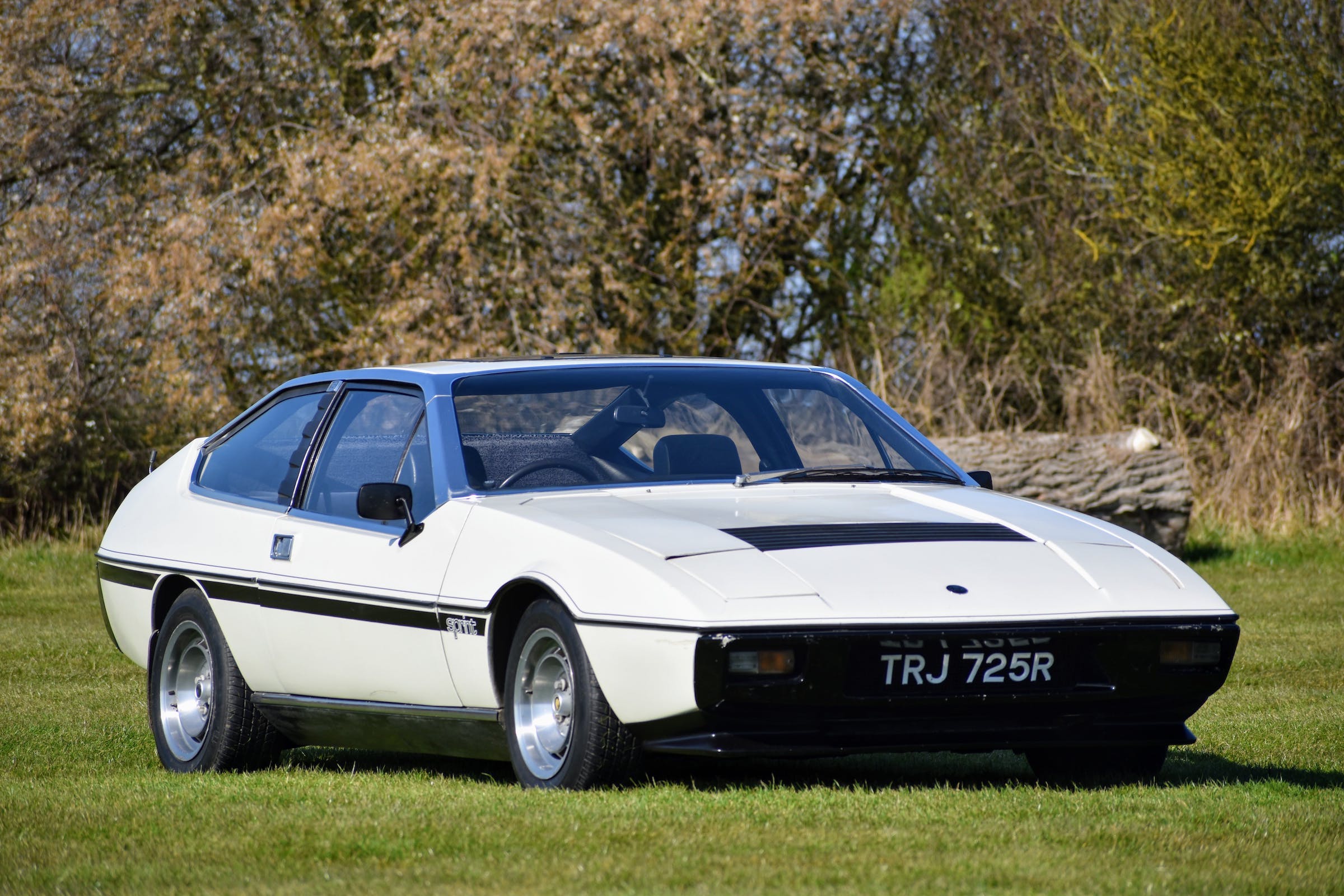
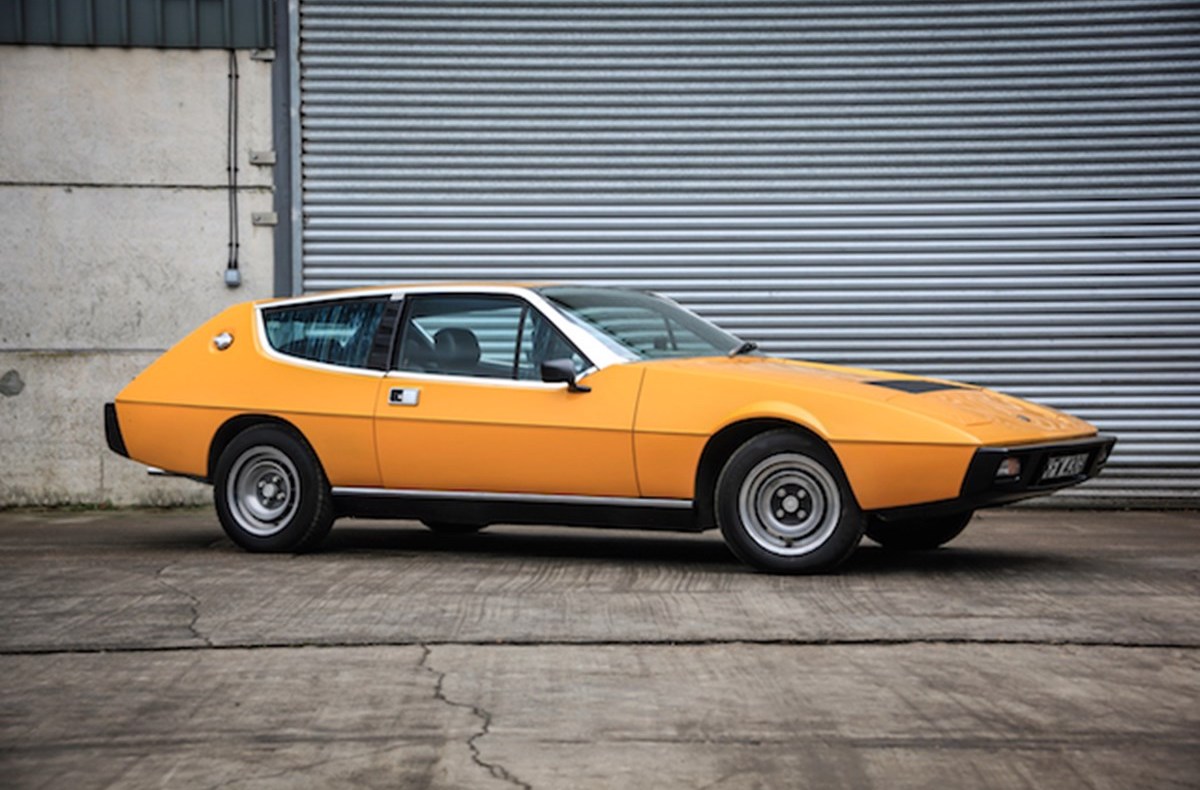
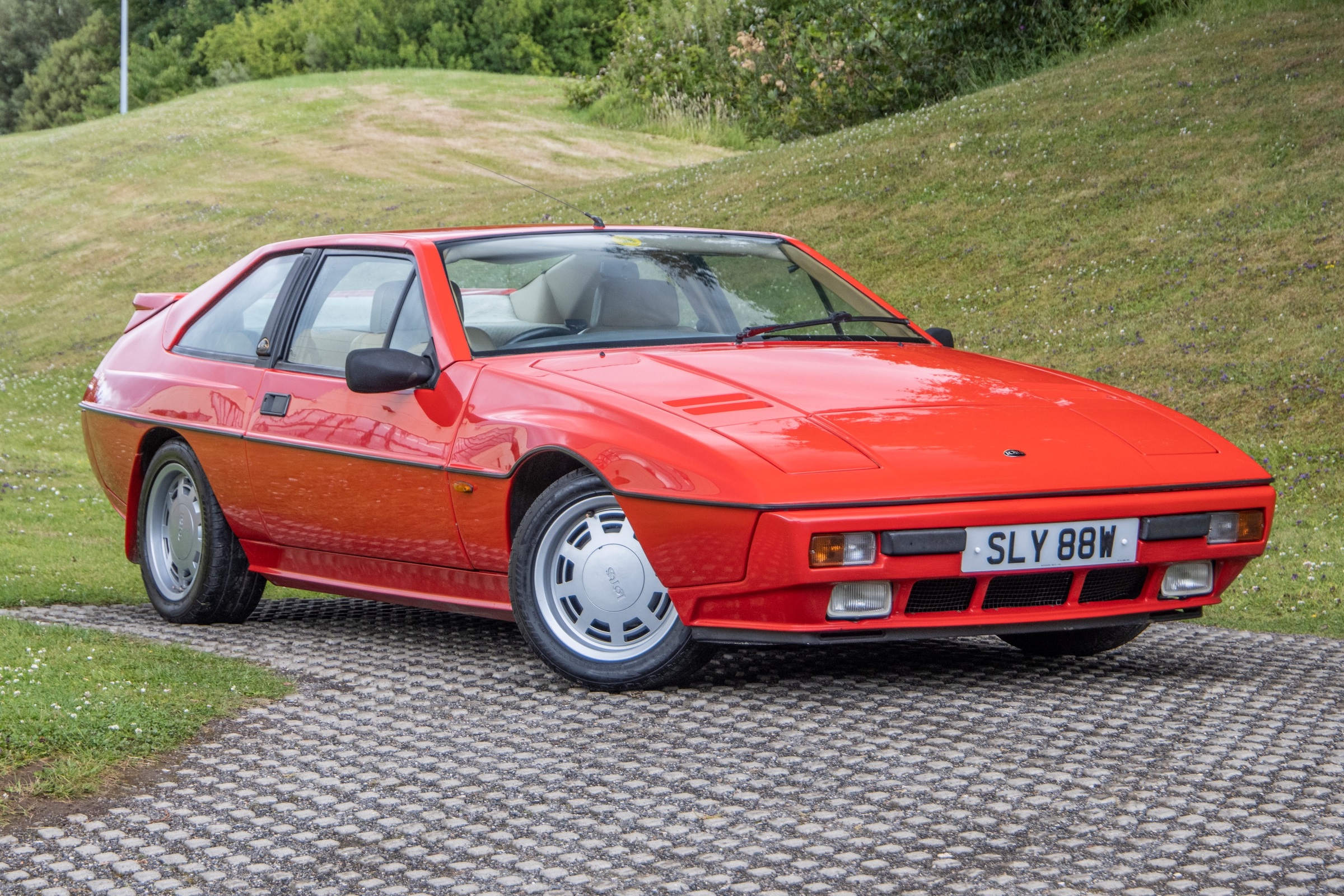
It was offered in two trims, the 501 or 502, with latter equipped with air conditioning, better stereo and quartz headlights. In early 1975, a 503 joined the range with the added attraction of power steering, while the 504 that was added later that year had an automatic gearbox.
This should have covered all the bases for Lotus, but there was notable buyer resistance to the Elite in the US. The problem? They didn’t like the way it looked. Winterbottom’s solution was the Eclat, which used the same backbone chassis and mechanicals, but with a less idiosyncratic fastback rear end. This meant less headroom for those in the back and reduced luggage capacity, but it appeased more buyers. Even so, the Elite went on to outsell the Eclat, notching up 2531 sales to the Eclat’s 1522.
Both cars used the same 1973cc four-cylinder 16-valve engine, which had first seen the light of day in the Jensen-Healey. In the Jensen, this engine had already earned a reputation for being fragile, but Lotus had improved it greatly for its own models, which used a five-speed manual in most cars, a Ford-sourced four-speed manual, or a Borg-Warner auto ’box.
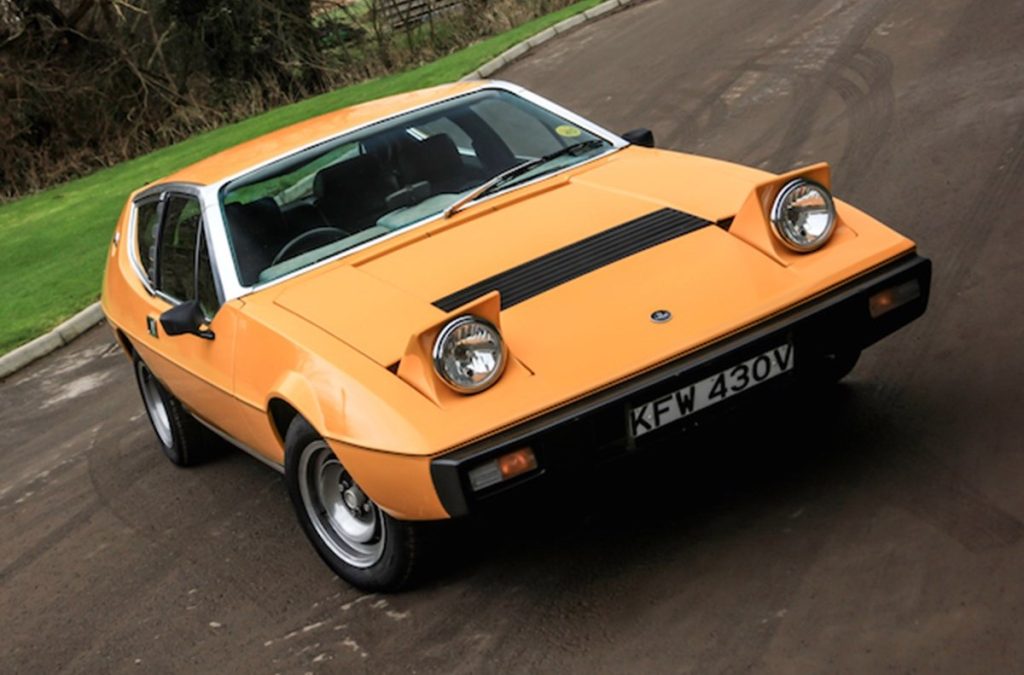
In 1980, Lotus updated the range with the Eilte 2.2 and Eclat 202, with both now fitted with a 2174cc version of the slant-four motor. The increase in capacity didn’t improve on the 2.0-litre’s 160bhp but it did swell the torque figure from 140lb ft to 160lb ft, which was a useful jump. That resulted in the 0-60mph for the five-speed manual car dropping from the earlier 7.8 seconds to 7.5 seconds.
Despite this, the two models were getting long in the tooth and, in 1982, Lotus replaced the pair with the Excel, which was originally called the Eclat Excel to sidestep Type Approval costs. The Excel’s more rounded lines gave the car the looks and image Lotus had been aiming for all along and, with considerable input from Toyota with components, it was genuine alternative to a Porsche 924 or 944.
A mild facelift in 1984 brought wider wheelarches, while 1986 ushered in a 180bhp version of the 2.2-litre engine in the SE. The same year, Lotus also offered the Excel SA that used a ZF four-speed automatic gearbox. This took the Excel up to 1992, but looming emissions regulations and the introduction of catalytic converters spelled the end of the road for this Lotus. In all, Lotus built 1327 Excels.
What’s an Elite, Eclat or Excel like to drive?
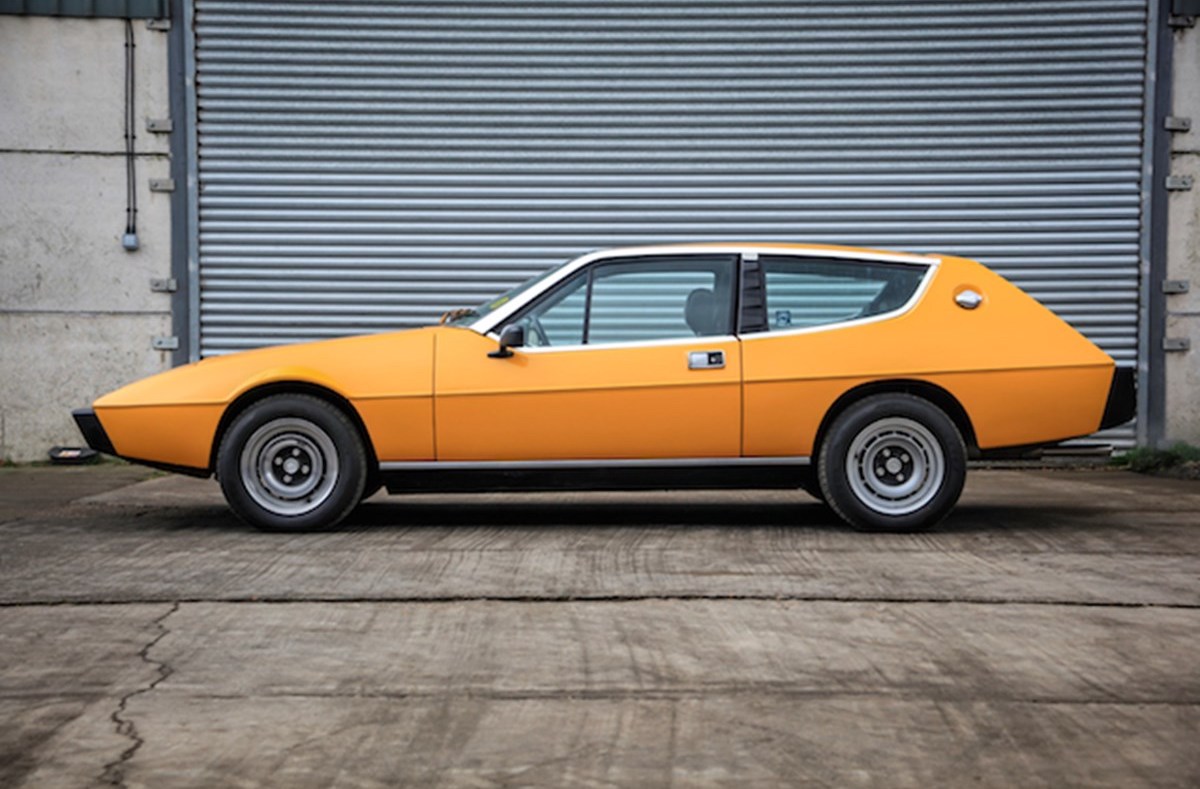
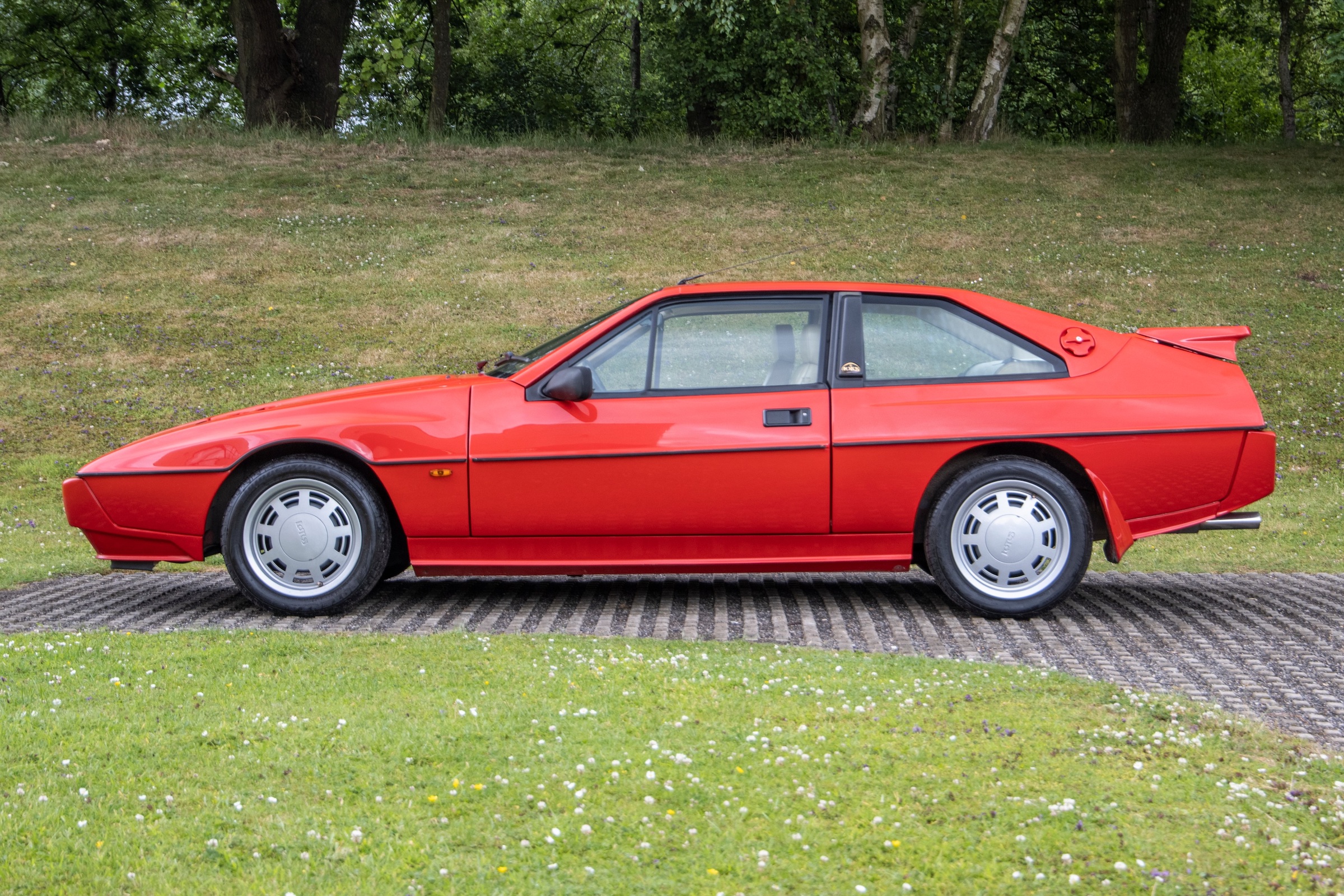
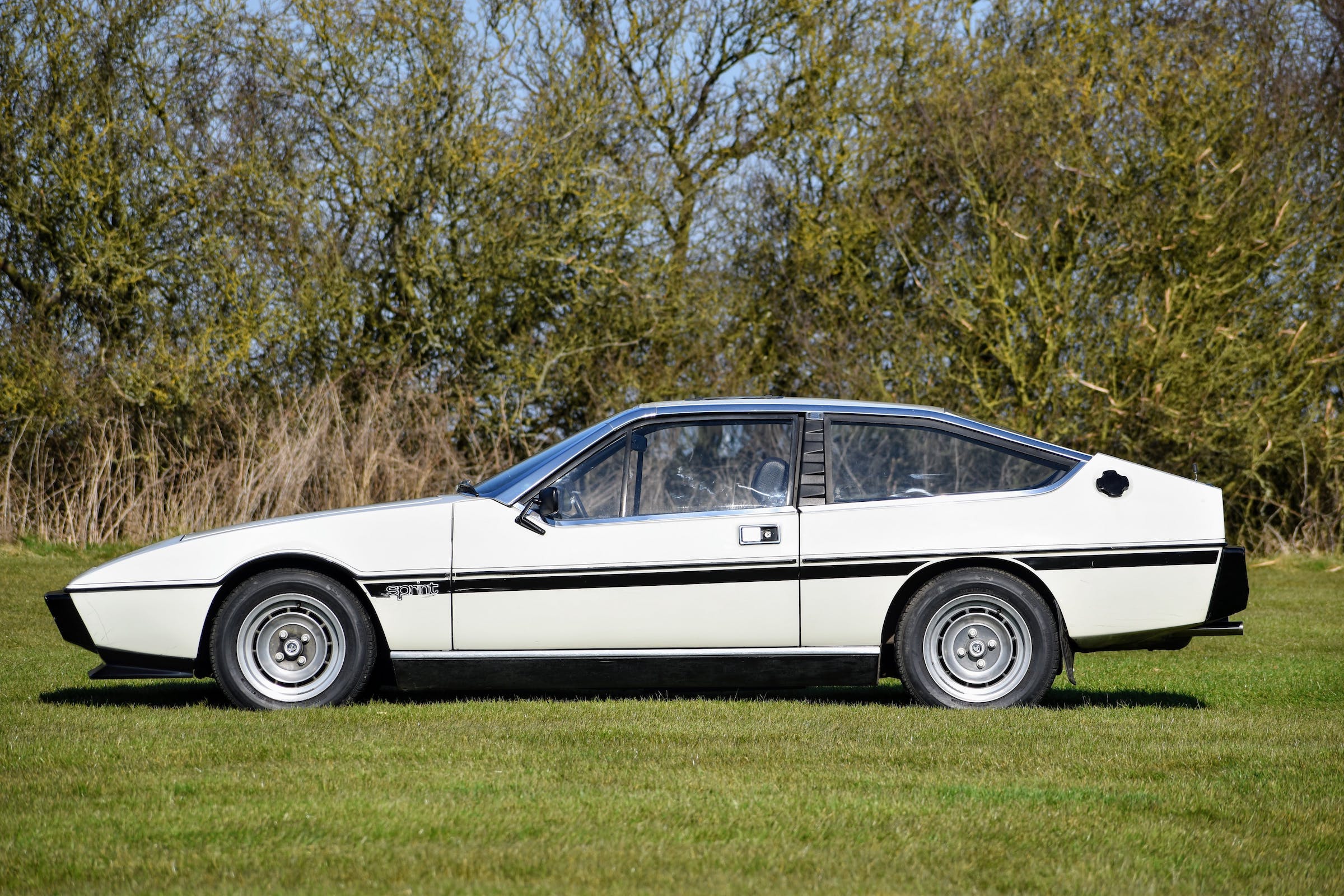
Colin Chapman didn’t make it easy on his design team when he demanded a practical four-seat car that handled, steered and rode like the Lotus models that had gone before. Given the Elan remains a benchmark in all three of these areas, it’s hugely impressive the Elite was on a par.
Much of this is due to the strong backbone chassis, but the VARI (Vacuum Assisted Resin Injection) method of body construction also helps here. It makes the plastic halves of the body, joined in the middle at their widest parts, very stiff, and they also incorporated safety cells around the cabin. The result is a light, strong base for the all-independent suspension to do its job.
On bumpy roads, the Elite, Eclat and Excel all absorb choppy surfaces with grace, so you feel this is a Lotus that you could cover large distances in. It helps the car’s low drag coefficient of 0.30Cd means there’s much less wind noise than you hear in a Ford Capri or Reliant Scimitar, so the Lotus is happy to cruise at high speeds.
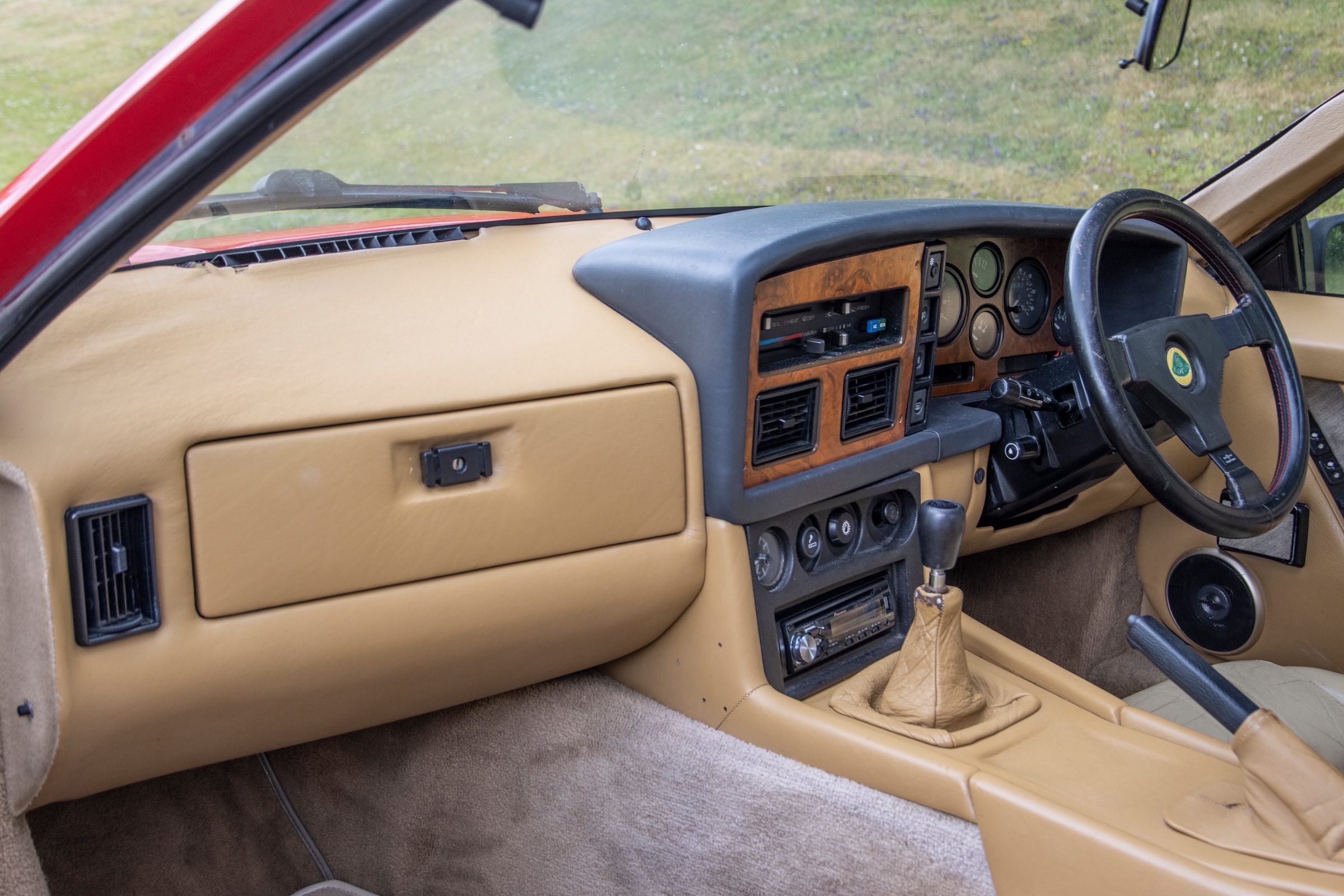
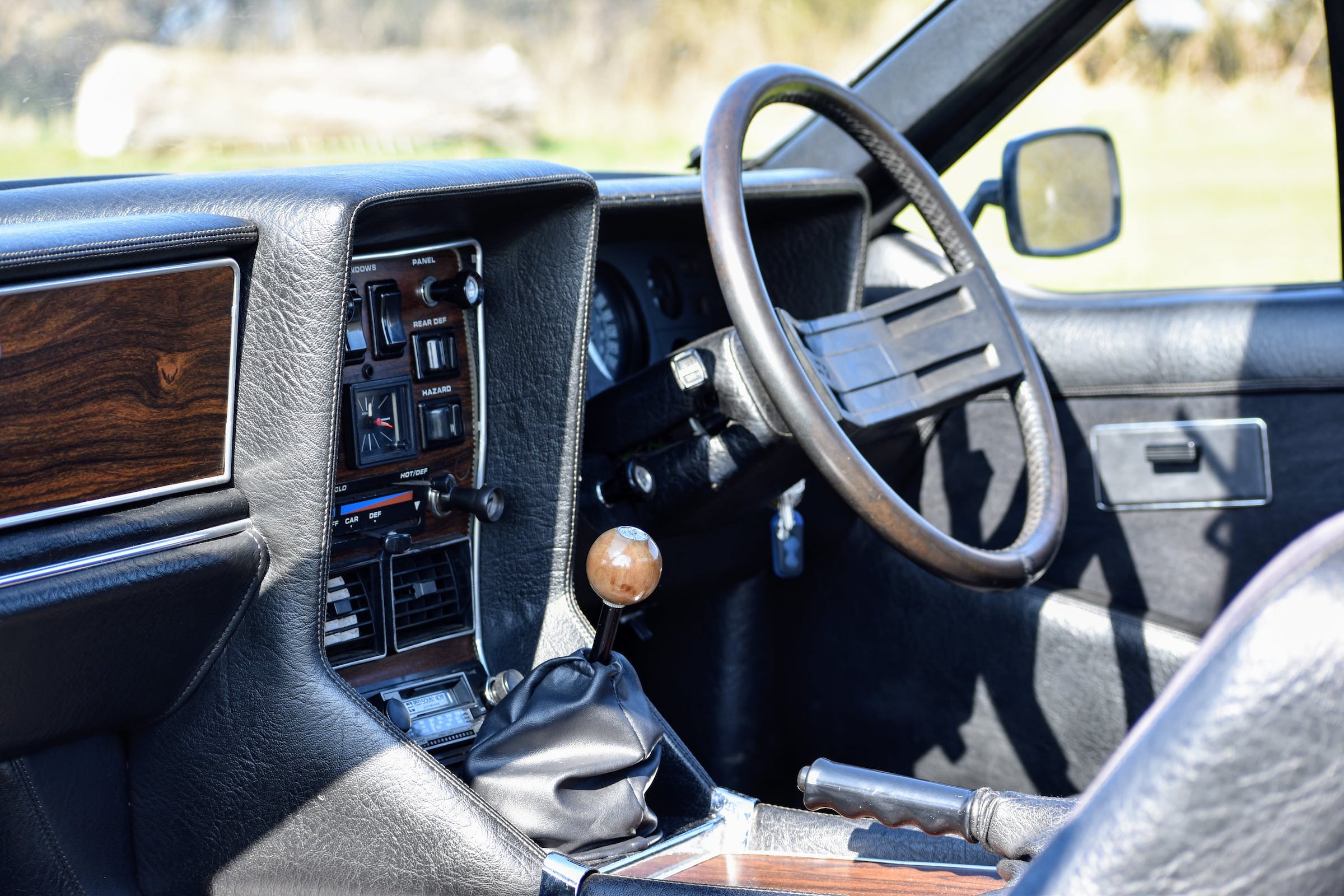
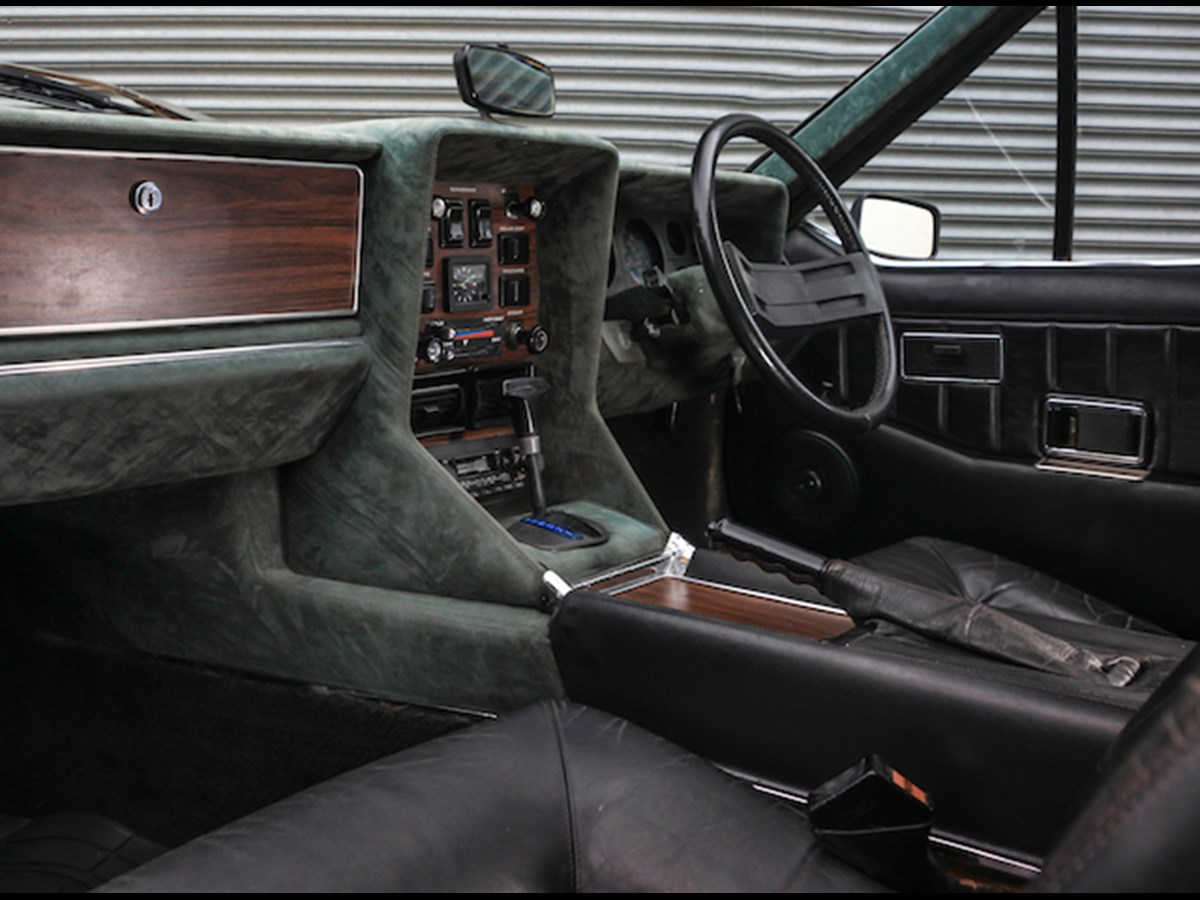
In town, the suspension is just as adept, while the rack and pinion steering is precise in a cared for car that has had it bushes and ball joints replaced. Power steering helps in town, but it’s not vital.
Less impressive is the noticeable shortage of torque from the engines when pulling away from a standstill. With maximum torque not arriving until 4900rpm with the 2.0-litre engine and 5000rpm for the 2.2, it can make the manual gearbox cars a bit of a trial off the mark. Also, the later Getrag five-speed manual is preferable to the original Austin Maxi-based unit with Lotus’ own ratios fitted.
Head on to empty, twisty roads and the Lotus DNA shines through in all three. The handling is ideally balanced, with a hint of understeer to begin with as the plentiful grip is overcome. You can then drive through a corner hard like this, or use a smidgeon of lift-off throttle to let the rear end come round and tighten the line. Either way, there’s nothing lying in wait to surprise or catch you out.
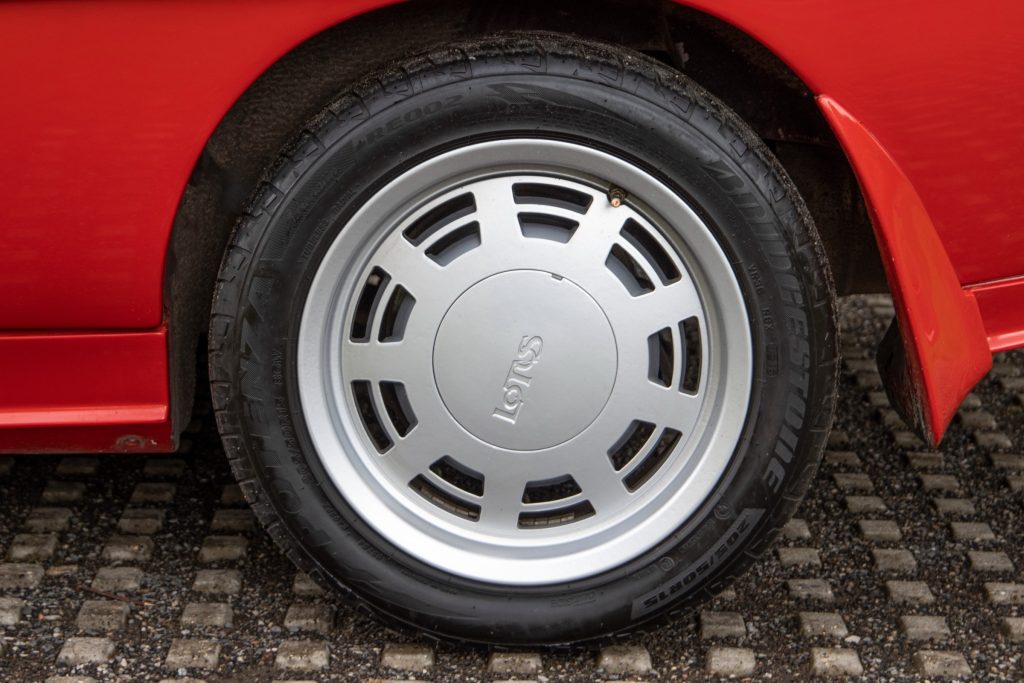
The engines thrive on revs, which is a little at odds with the upmarket GT image Lotus was aiming for. There was a plan to fit the car with a 4.0-litre V8 engine, which was essentially two slant-four motors on a common crankshaft.
However, that didn’t happen, so the revvy engine is what you get unless you buy a car that has been converted by an owner to Rover V8 power. Make use of the engine’s willingness to spin to its 6500rpm limit and it has a crisp bark and eager nature. With some decorum, you can also see an average fuel economy of around 28mpg in any of the three.
One last point to consider with these cars is they are four-seaters. For any classic car fan wanting a sports car but who needs room for the kids, the Elite, Eclat and Excel fit the bill admirably. The heavily scooped rear seats offer much more space than you think possible, so you can even carry three adult passengers. Boot space is best in the Elite, but the other two are still decent.
How much does an Elite, Eclat or Excel cost?
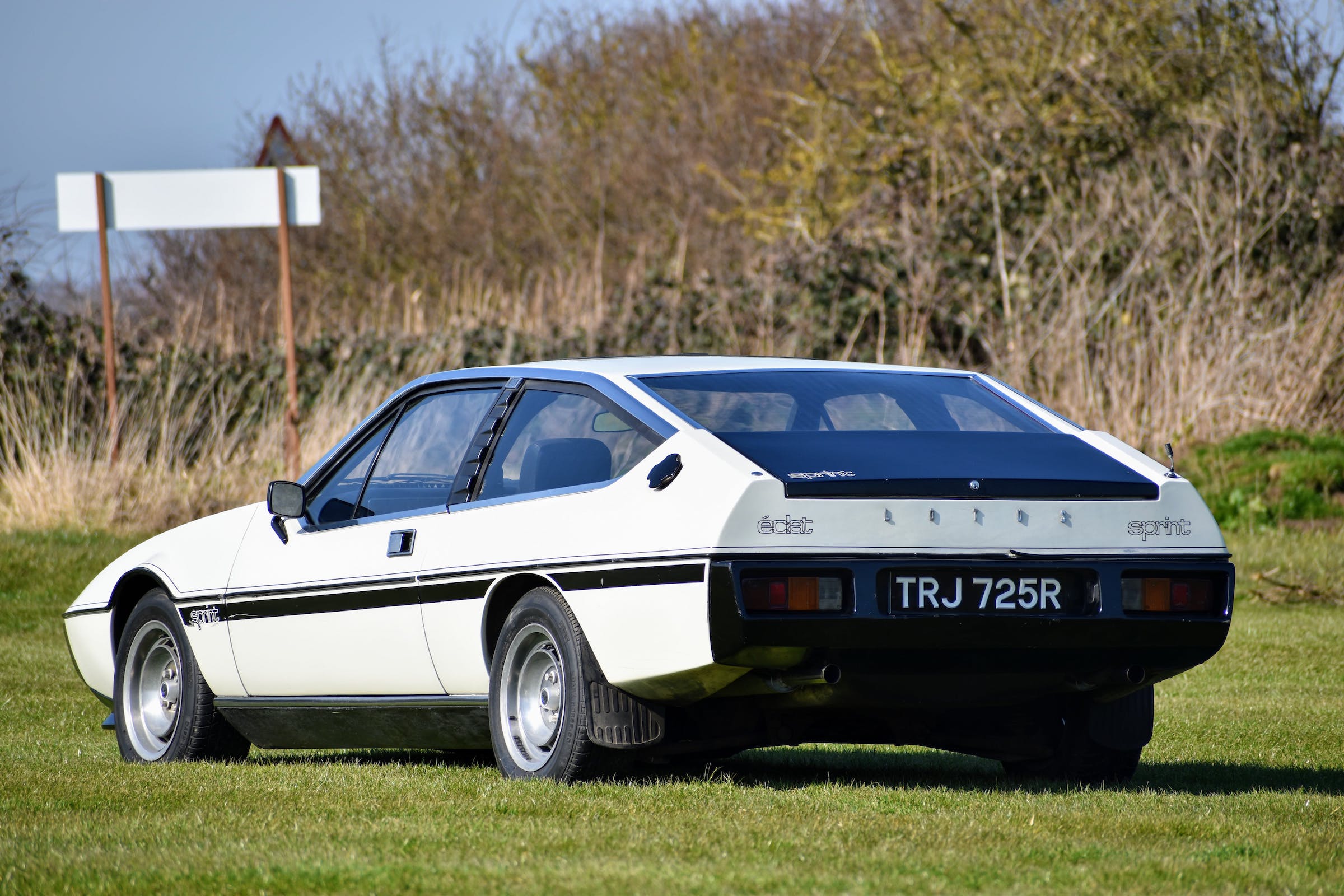
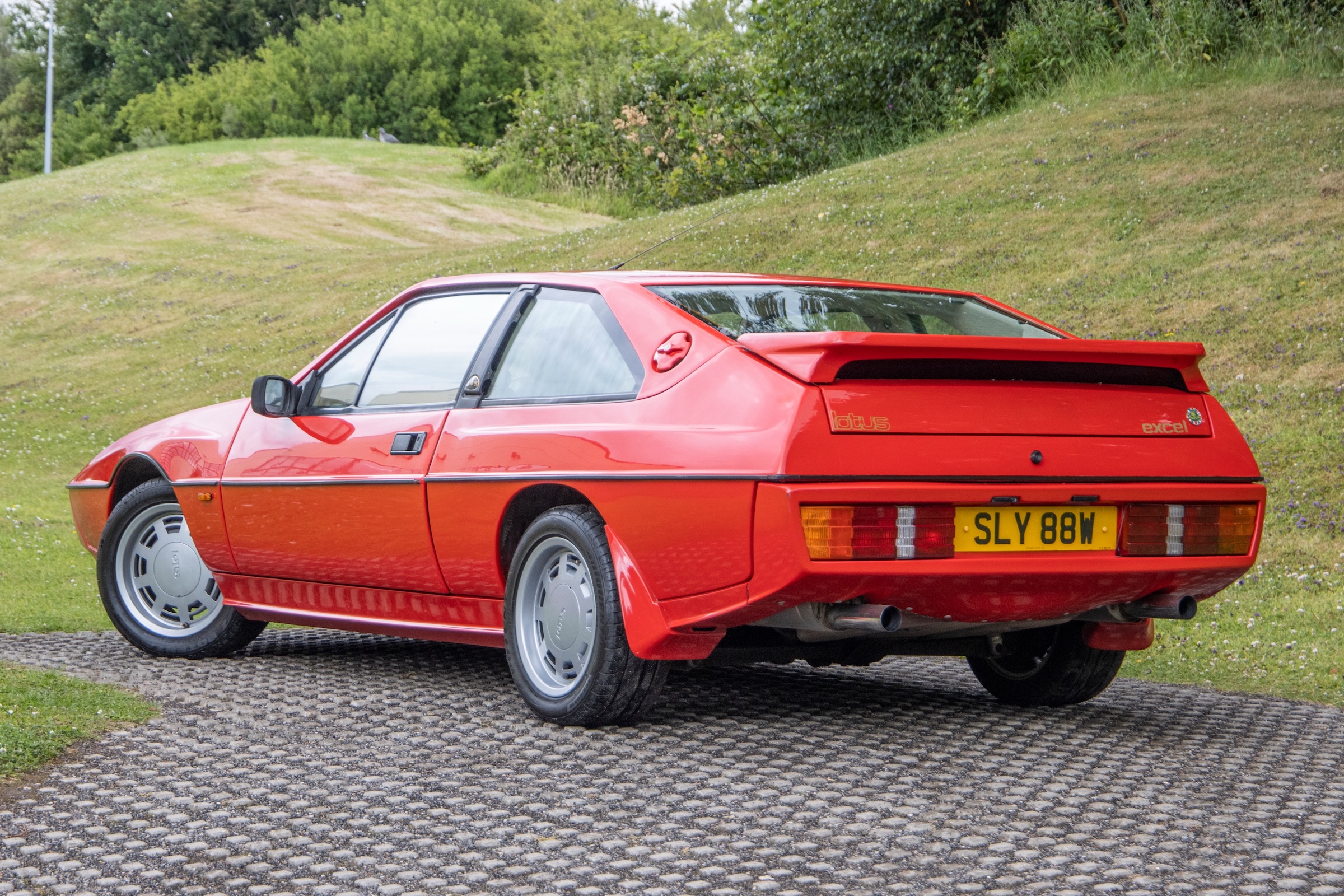
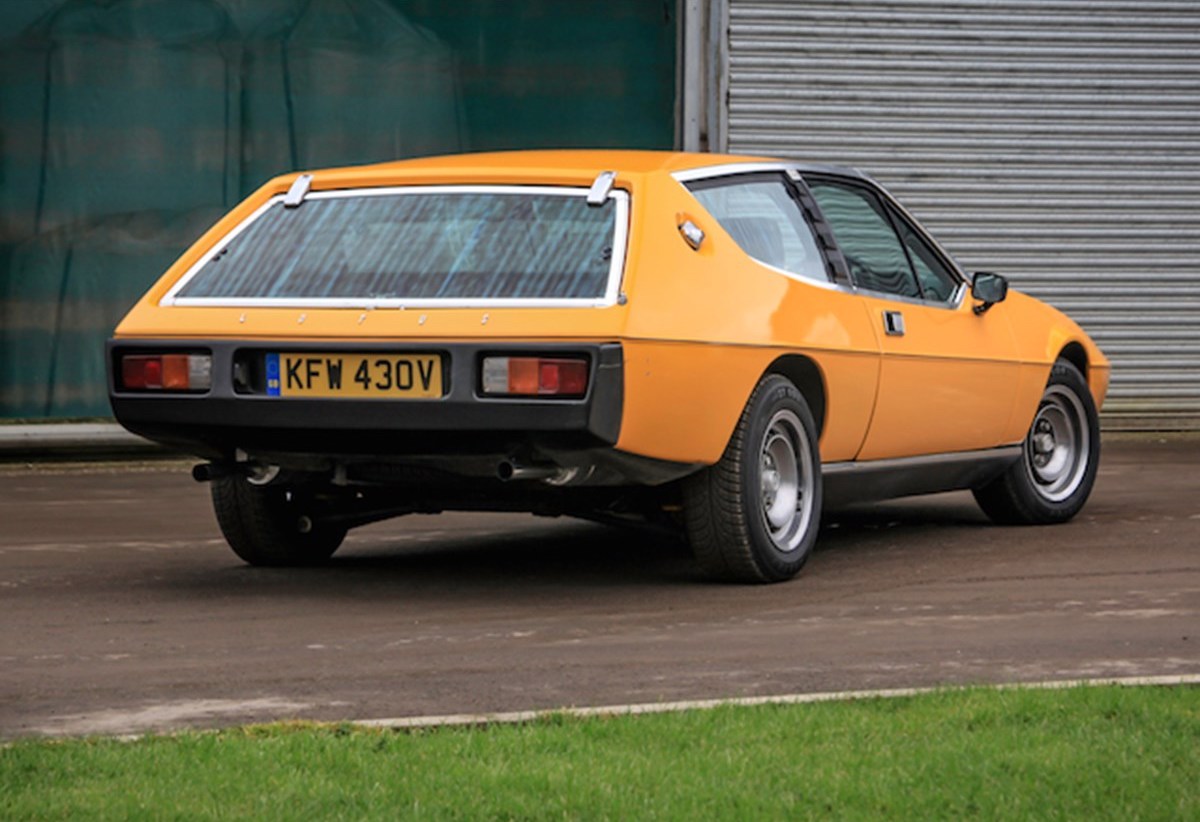
Given the rising enthusiasm for cars built in the 1970s and for wedge-profile sports cars, the Lotus Elite, Eclat and Excel should be expensive trinkets. However, in each case, you can pick up a running, driving car in reasonable order from £5000. These cars will need work to tidy them up, and the interiors can look quite scruffy in cars at this price point.
Double that budget to £10,000 and you are into cars that will stand their own on the show field. They might need some work to improve them, but you can certainly use these cars for long trips without any worries.
For the very best of this trio of Lotus, an Elite will cost from around £16,000. A similar Eclat comes in at £15,000, while an Excel will be about the same. If you find one of the very rare Elite Riviera models that saw out production and featured a lift-out roof panel, expect to pay a 50 per cent premium. On the other hand, cars that have been converted to a V8 can represent a bargain if the work has been properly carried out and you can find these cars for around £7500 in good order
What goes wrong and what should you look for when buying?
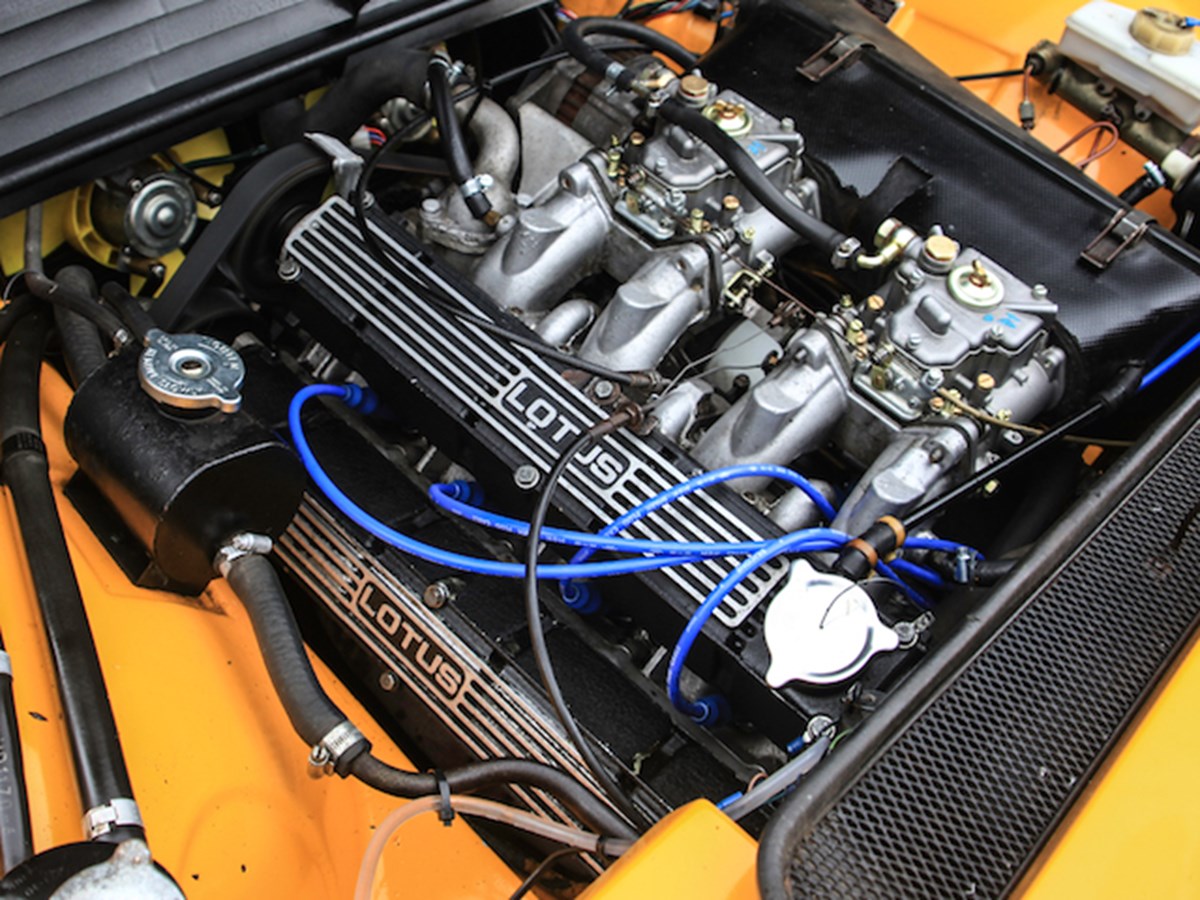
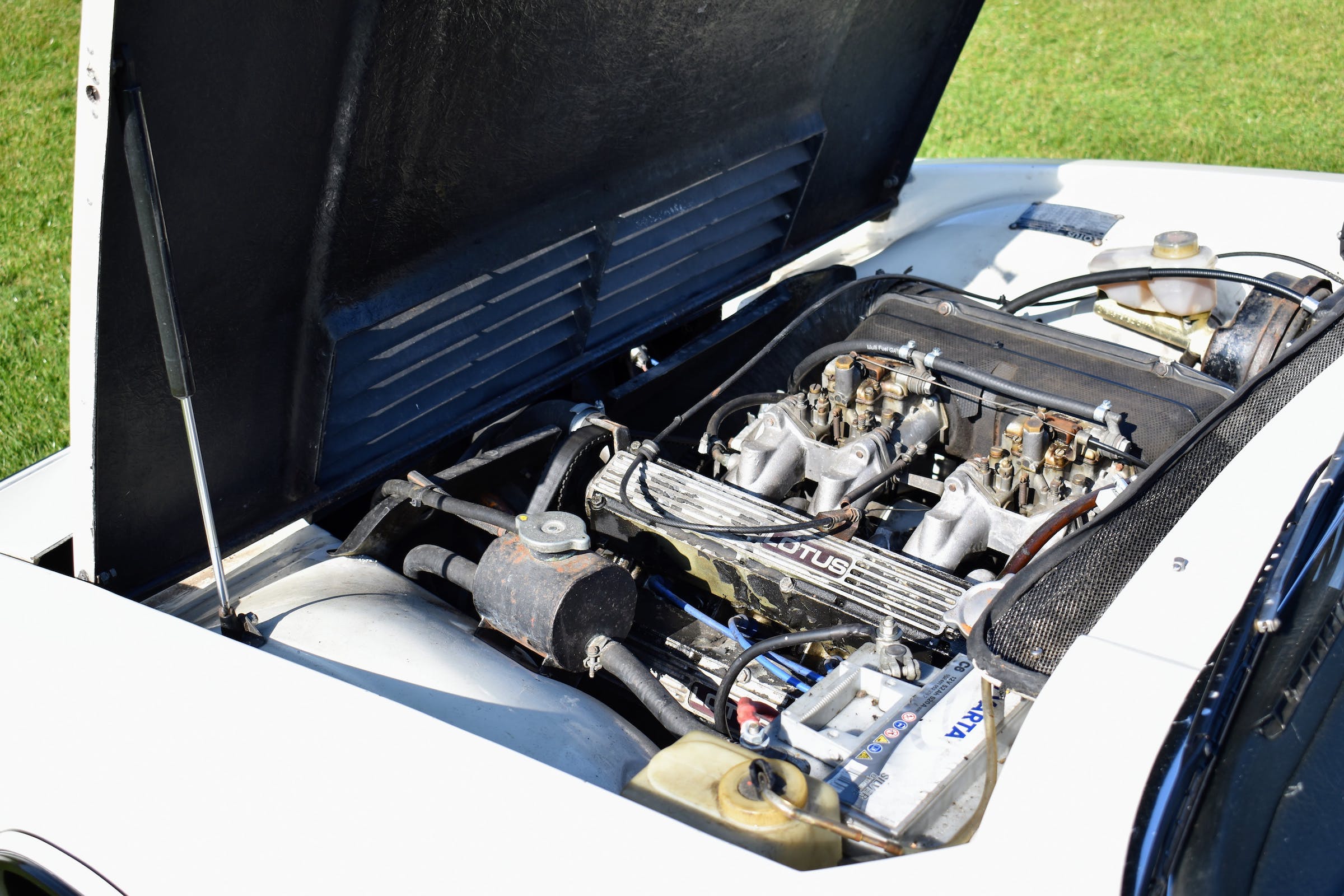
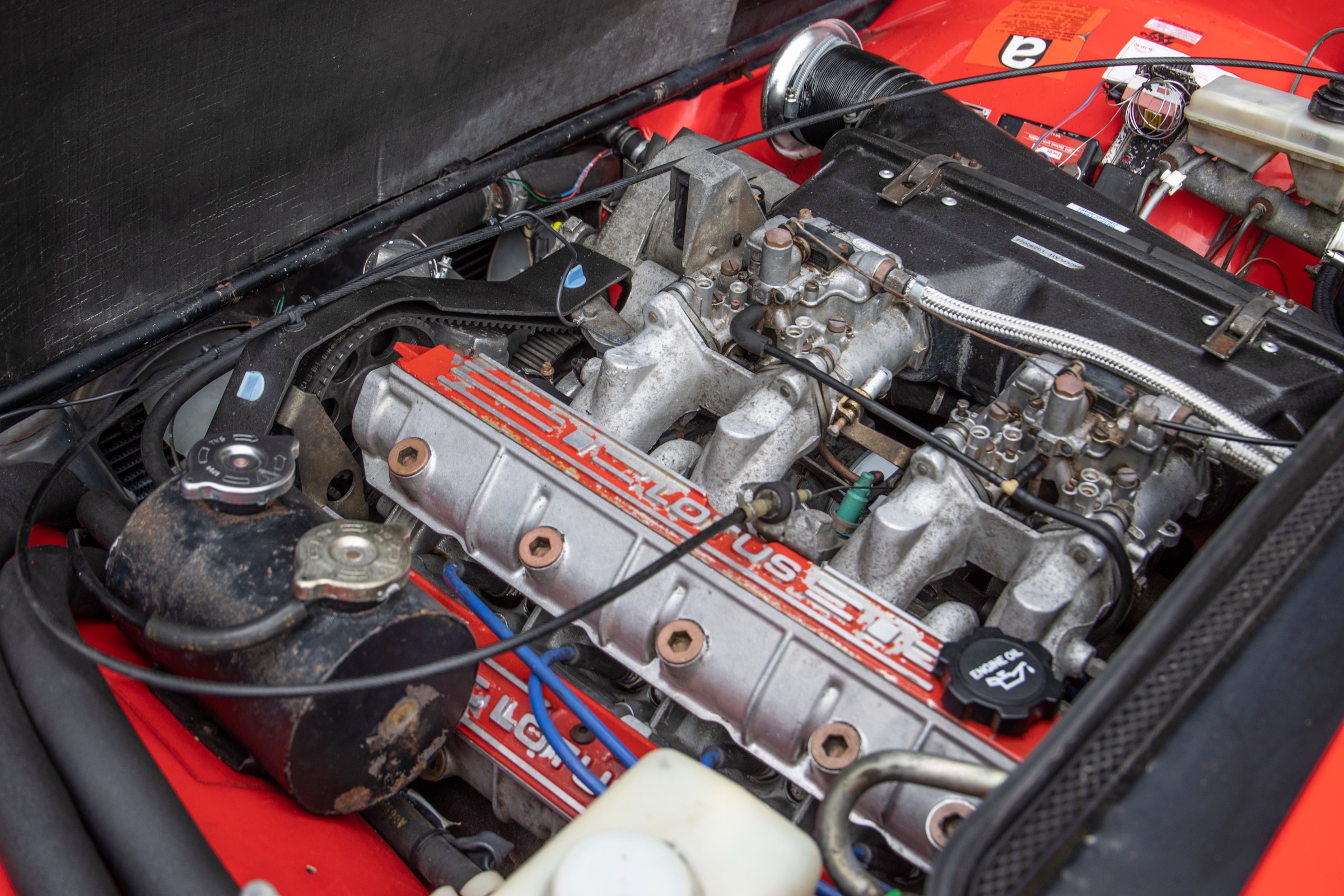
Yes, yes, we know all the jokes about the Lotus name. Forget all that, however, focus on a few key areas and you can bag a very sound Lotus Elite, Eclat or Excel. As with most glassfibre-bodied cars, the first check is for any damage to the body from accidents. Look for any crazing in the paint surface or chips. Lotus made a good job of the body on these cars, so poor bodywork is down to damage or poor repairs.
Other checks with the body include the headlamps, which will remain in the raised position if their vacuum operation has failed. Later cars with electric motors to raise and lower the lights are less prone to faults. Also feel the carpets inside the footwells as any sign of damp probably points to a failed windscreen seal.
Next, you need to get underneath the car to check the condition of the chassis. From May 1980-onwards, Lotus fitted these cars with a galvanised backbone frame, but that is likely to have rotted by now and either been repaired or replaced. A good replacement from the likes of Spyder Cars is far better than a badly fixed original frame.
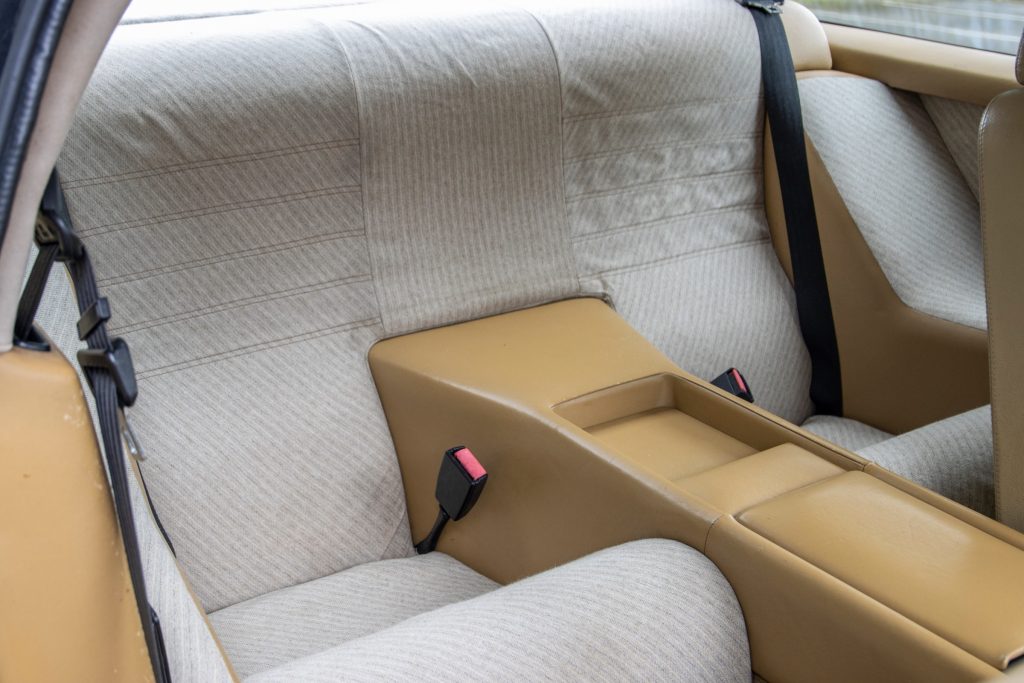
As prices for the Elite, Eclat and Excel have risen, the cost of sorting a rotten chassis has become more acceptable, but there are still plenty of cars out there with patched and bodged backbone frames. The area worst affected is the crossmember between the rear suspension turrets that corrodes unseen and, when it lets go, allows the suspension to collapse.
The biggest issue with the slant-four engines in the Elite, Eclat and Excel is neglect. It’s a highly tuned engine and needs plenty of routine care, which extends to a new cambelt every two years or 24,000 miles. Cam cover gaskets leak, but these are easily sorted and service items are cheap and easy to replace on the motor.
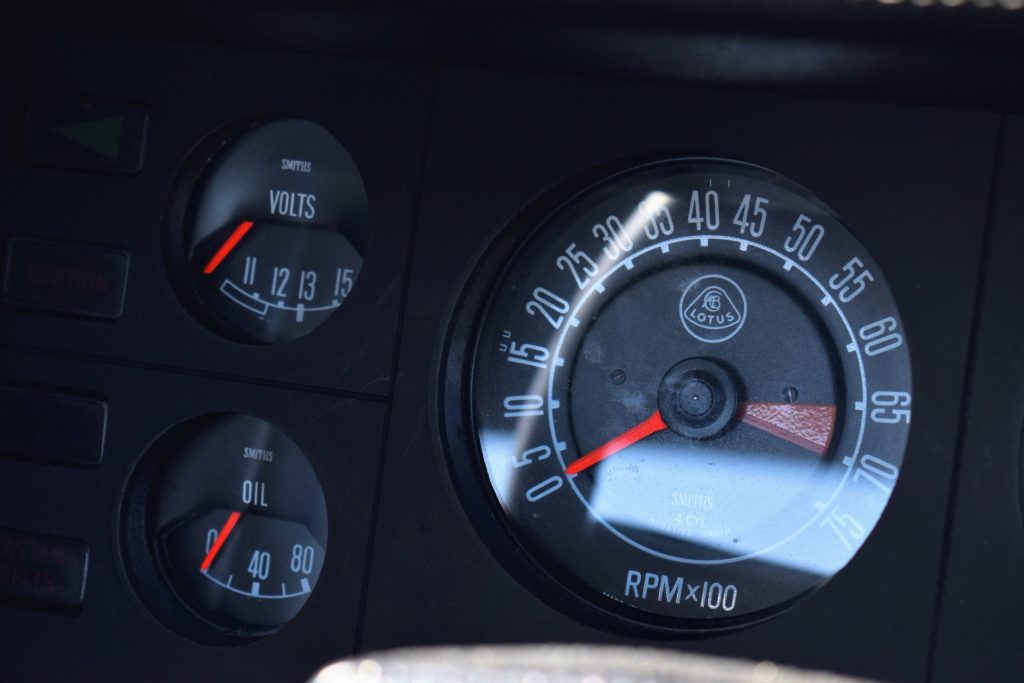
While under the bonnet, have a look at the radiator and budget for a replacement if it’s not in tip-top condition as they corrode easily and are vital to the engine’s enduring health. The same goes for the exhaust, which is a complex shape.
Gearboxes are largely trouble-free, though the Maxi-based five-speed unit can wear out the synchromesh and parts are thin on the ground. There’s nothing exotic about the brakes, steering or suspension, but the rear brakes are inboard, so make sure they have been correctly serviced.
Inside these Lotus cars, there’s plenty of luxurious wood, leather and velour, which all peels and wears and fades. It can be more cost-effective to buy a car with a scruffy body but sound interior as much of the cabin details are hard to source replacements for. Electrical problems are most likely due to poor earthing or water in the fuse box.
Which is the right Elite, Eclat or Excel for you?
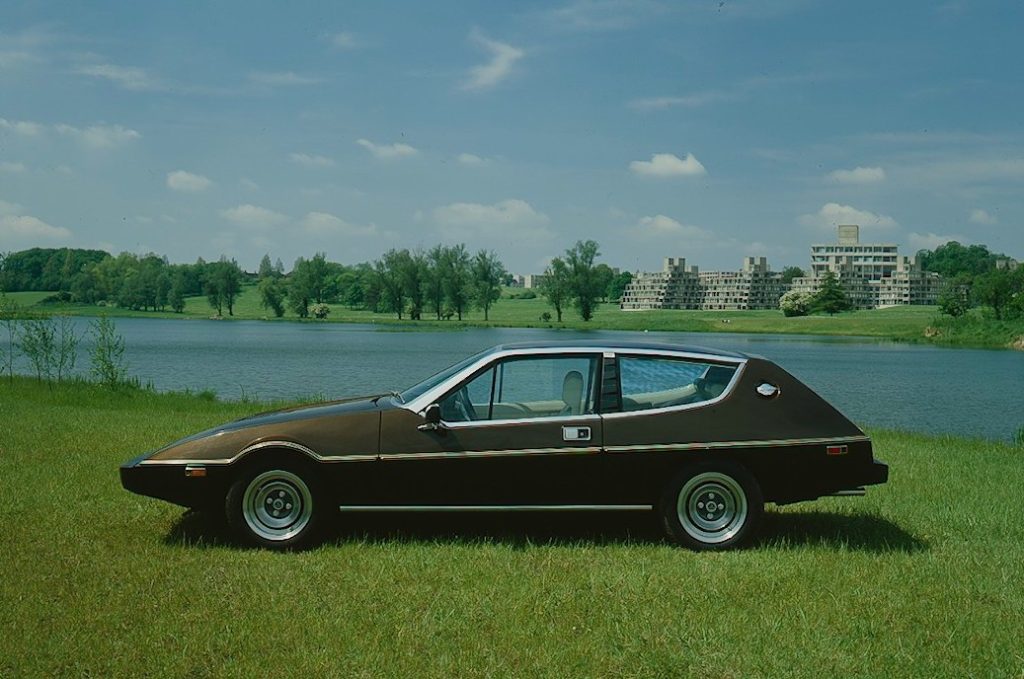
As with many cars, the first and last are the most prized. A very early Elite will always appeal to purists and it’s a great car to drive. At the other end of the line, the last Excels were by far the best built out of this trio of sister models. It also has the best equipped cabin and the more powerful 180bhp engine if you choose an SE. Toyota’s input also helped the Excel’s quality and durability.
That leaves the Eclat as the smart choice for anyone who wants a four-seat Lotus at a keener price. True, you don’t get the original shape, but you still get a superb drive at the same sort of money that buys a very average MGB Roadster. Find a later one with the 2.2-litre engine and you’ll have a wedge of the finest British sports car to enjoy.
Read more
Our Classics: 1982 Lotus Esprit S3 | New paint but new problems…
Lotus Emira first drive review: Will the fab four become the famous five?
The Lotus Elise is unlike any other car ever made | Revelations with Jason Cammisa









Recently two Lotus Eclats sold on Bring a Trailer. My restored white one brought $25,000 and a very original yellow one ( which our dealership sold new ) brought $35,000+ . Hopefully the sale of these cars will encourage more Elite/ Eclat owners to invest in their cars . BTW the first buyer on my white Eclat bailed because his insurance company said no Lotus Eclat could be worth that kind of money . The underbidder is an extremely happy camper.
Sir I have a lotus eclat is is an original out of the factory automatic .i have discussed this with lotus bits they tell me I must be wrong because the eclat didn’t make an auto. After they checked they told me it might be the only one I know it was ordered,as,a,special the gentleman was purchasing the car for his wife . I would be interested if anyone could shine a light on this . The car has been standing for twenty five years in dry storage so it will need quite a lot of work done to it
Thanks Eddie Burgess